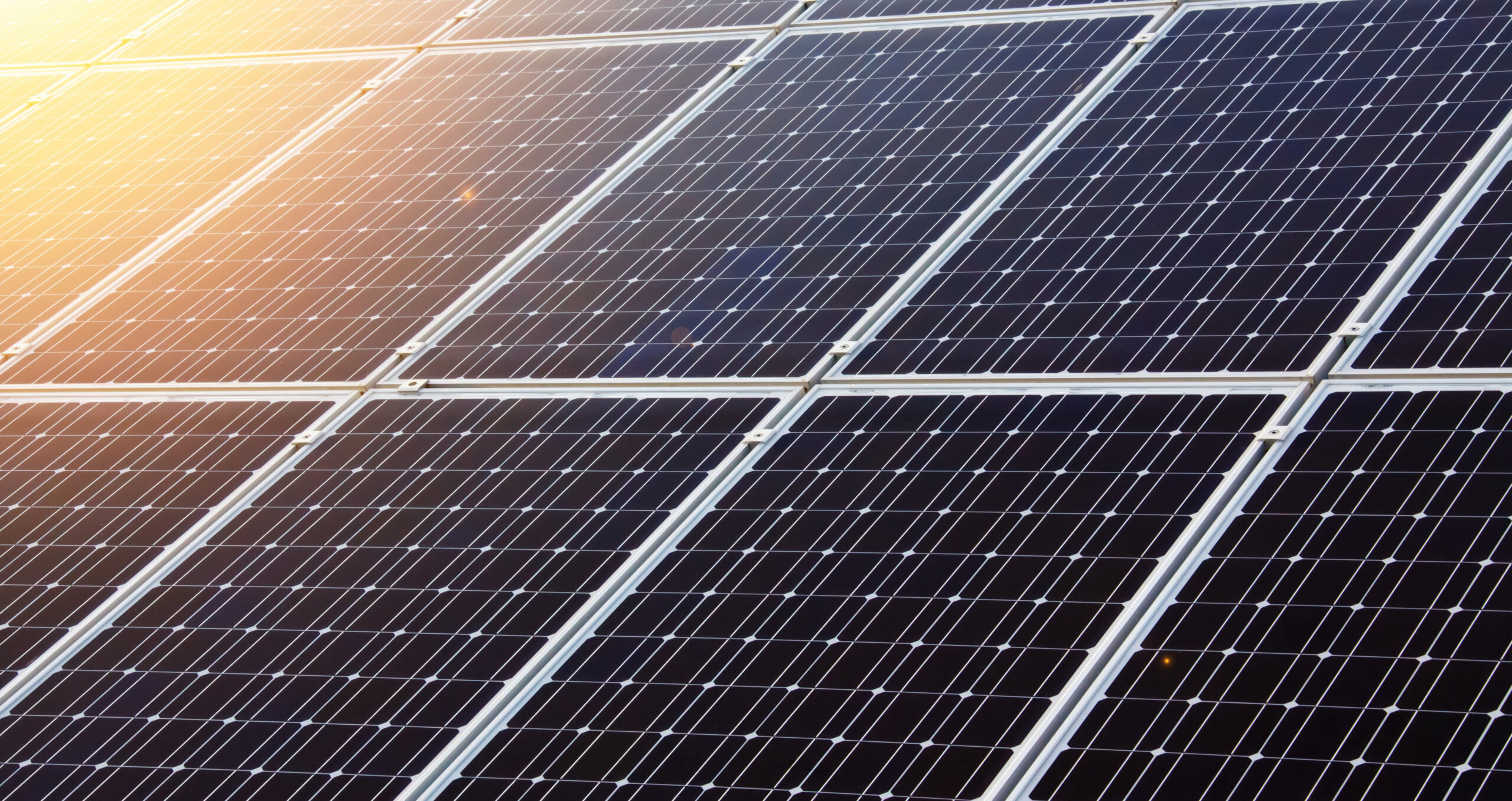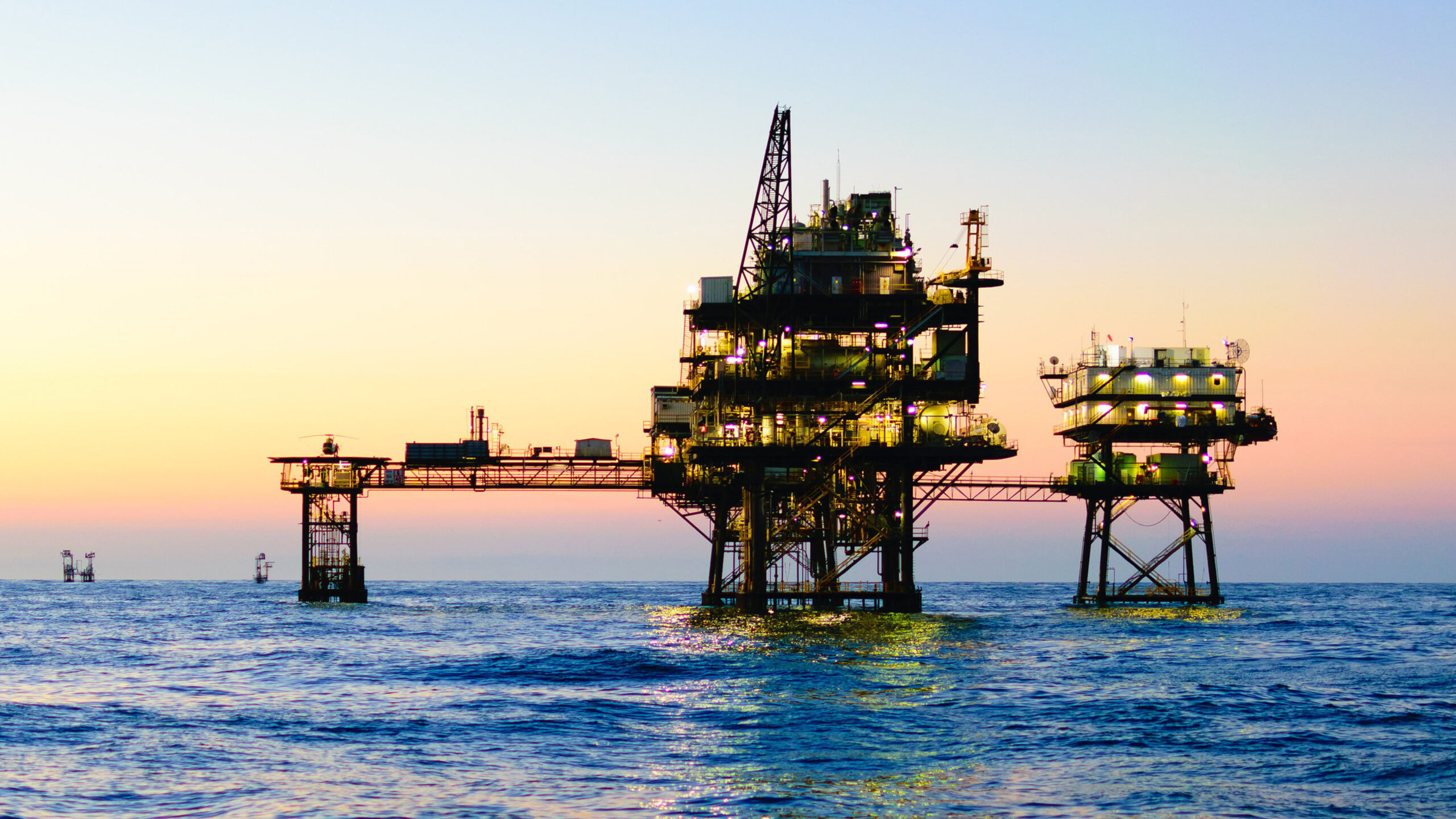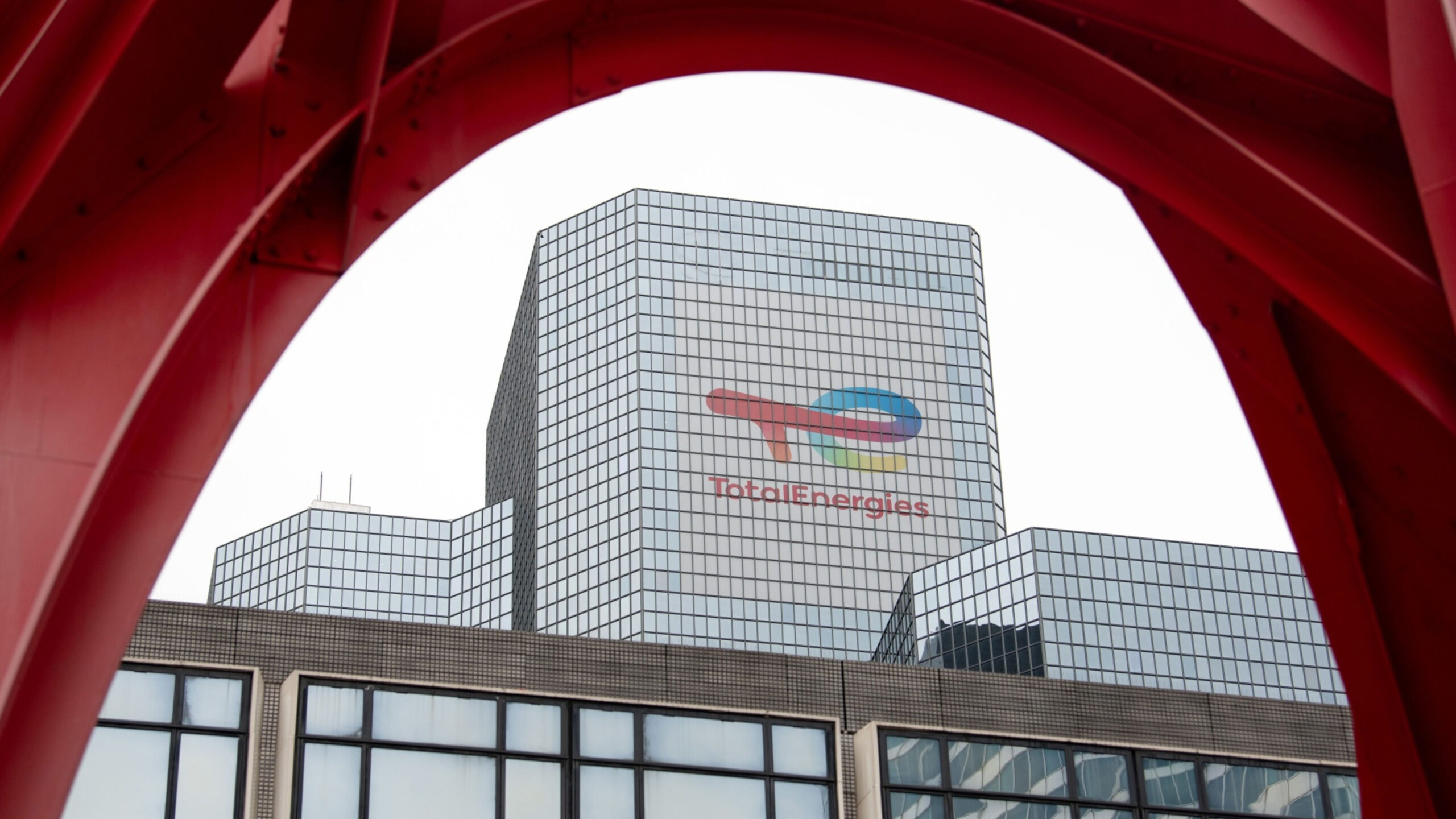

Two Norwegian solar wafer producers have unveiled ambitious expansion plans as the country looks to rejuvenate its solar manufacturing industry.
In the village of Glomfjord, in northern Norway, surrounded by mountains and clear waters, plans are afoot to revitalise the country’s solar manufacturing potential.
Norwegian Crystals, which produces ingots and wafers for solar panels, used to have more than 600 employees in its heyday in the early 2010s, but over the years it was forced to ramp down production — its employees currently number just 55. “We hope to get our employee numbers back up to 100 with our expansion plans,” says chief operating officer Blake Barthelmess.
In March this year, Norwegian Crystals signed a binding term sheet with an undisclosed European industrial major for annual production of up to 3 gigawatts of silicon wafers a year for at least five years. Overall, the company has a target of increasing wafer production capacity by a factor of 12, to 6.5GW from roughly 0.5GW.
After Europe’s solar supply chain faded away in the 2010s, as China increased capacity, much of Norway’s solar manufacturing disappeared too. “We have an opportunity to reverse this [trend],” Barthelmess says.
The International Energy Agency estimates that China invested $50bn in new photovoltaic supply capacity over the past decade — 10 times more than Europe — and has created 300,000 manufacturing jobs across the solar PV value chain since 2011.
Following Russia’s invasion of Ukraine, there has been greater incentive for the EU to step up plans to reshore solar manufacturing capacity. Under REPowerEU, it has set a target of 30GW for solar PV manufacturing by 2025.
The weakest points in the EU’s ambitions for its solar supply chain are ingots and wafers — two of the early-stage ingredients of the solar manufacturing process — both of which Norway has a history of producing. While Norway is not in the EU, its geographical proximity, low industrial electricity costs and technical expertise mean that it emerges as a clear answer to Europe’s solar manufacturing woes. Yet the scale of these ambitions can by no means match China’s solar PV manufacturing might without policy support.
Complementing Chinese capacity
Norwegian Crystals positions itself as a complement to Chinese capacity rather than a replacement, Barthelmess notes. “As demand increases in each region, there is a need for regional production regardless of the balance of the value chain.”
Last year, EU-backed sustainable energy investor EIT InnoEnergy entered an agreement with Norwegian Crystals to accelerate European solar PV ingot production in Europe.
Fellow Norwegian wafer producer NorSun signed an agreement with Meyer Burger earlier this year to supply the Swiss cell and module manufacturer with wafers. Meyer Burger chief executive Gunter Erfurt said that while most of its wafers are still made in China, it sources roughly 20 per cent from NorSun and Norwegian Crystals.
NorSun’s ambition is to “play a central part in the US and European efforts to rebuild the PV value chain”, NorSun chief executive Erik Løkke-Øwre said in a statement in February announcing the agreement with Meyer Burger.
For companies like NorSun and Norwegian Crystals, which survived the demise of the European solar supply chain, the new ambitions to reshore solar manufacturing represent a “new lease of life”, says McKinsey partner Thomas Nyheim.
“Norway has had a proud history of solar industry due to access to cheap hydropower and silicon material know-how, leveraged by entrepreneurs who saw the potential in solar energy early on,” he says.
This know-how does not mean there is a “cluster” waiting to be unearthed, however, Nyheim stresses. “I don’t think we’re expecting an industrial cluster to be revitalised, but rather individual companies, if successful, to scale and be a part of the EU and US ambitions.”
Nonetheless, the path “towards competitiveness is possible but it won’t be easy”, he warns. “There will be a 20–25 per cent cost disadvantage, according to our calculations, for the European solar industry even when at scale.”
Topping the list
But it is not just a question of security of supply, according to Nyheim. The concerns around Chinese companies’ domination of the supply chain relate also to environmental, social and governance concerns, including the use of forced labour in the production of polysilicon in Xinjiang and carbon dioxide emissions.
Due to its hydropower, producing the entire PV value chain in Norway today could result in 90 per cent lower manufacturing emissions than in China, according to the IEA.
Heymi Bahar, senior analyst in renewable energy markets and policy at the IEA, says that for its industrial electricity costs, access to clean energy and wafer and ingot-specific expertise, “Norway comes out on top of the list”.
Norway has had a proud history of solar industry due to access to cheap hydropower and silicon material know-how, leveraged by entrepreneurs who saw the potential in solar energy early on
Thomas Nyheim, McKinsey
“Whether it is the answer to Europe’s solar woes is a different question,” he adds. But he insists that these Norwegian companies will be competing with Chinese firms, which are miles ahead.
“Whatever you think of how they did it, the Chinese government’s support of solar manufacturing involved a lot of long-term strategy, industrial policy and a lot of capital and support. Now they produce the best technology in the world,” Bahar explains.
“A European engineer has not seen a 10GW wafer manufacturing plant in operation. It’s beyond their dreams,” he adds. “This doesn’t mean that knowledge and know-how is not there. It is there, but … without direct policy support, this won’t happen.”
Support needed
Daniel Liu, head of asset market performance at consultancy Wood Mackenzie, says that the policy support on offer in the EU, even if it were extended to a non-EU country such as Norway, lacks the same scope.
“Unlike the Inflation Reduction Act, the European Green Deal Industrial Plan does not provide direct funding to manufacturing except via the Innovation Fund; which means new projects must demonstrate ‘innovation’ of some kind to be eligible,” he says.
In the US, under the IRA, there are tax breaks linked to every segment of solar PV manufacturing, while in India, the government provides direct support to solar panel manufacturers through the production-linked incentive scheme for modules.
Barthelmess refutes the idea that the IRA constitutes an existential threat to Europe’s green ambitions, but says it is a “warning”.
“A warning that if we’re serious about rebuilding the European solar value chain, we need to be serious about the incentives on offer. We cannot be reliant on subsidies,” he says.
“We are at our most vulnerable right now,” he admits, as the need for policy support is as clear as ever. But he says that around Glomfjord, a mini-ecosystem of suppliers and vendors is starting to emerge.
“It’s not just hope; it is happening,” he insists. “Hope is not a strategy.”
This article first appeared in fDi Intelligence
Similar Articles

In Brief: EU directs funds to sustainable fisheries; ethical tax standards released

In Charts: Canada, Japan, South Korea ‘blocking clean energy transition’ with fossil fuel finance


